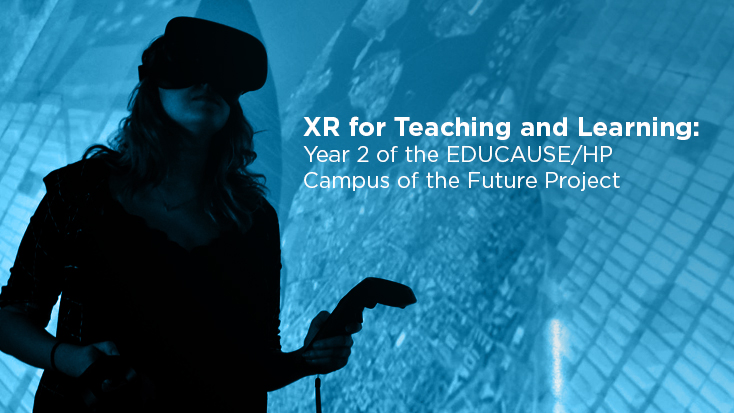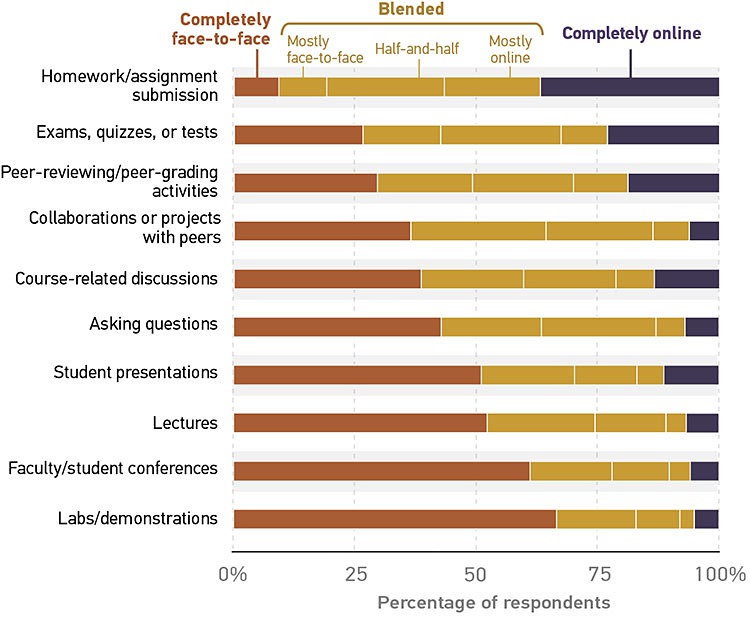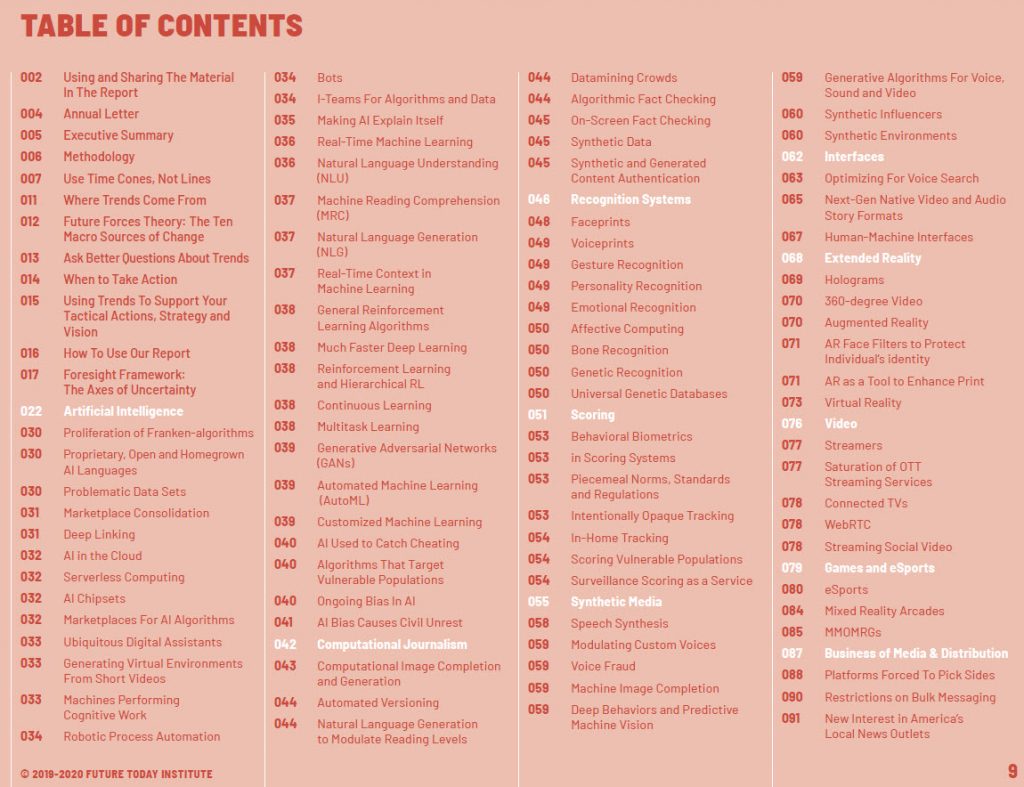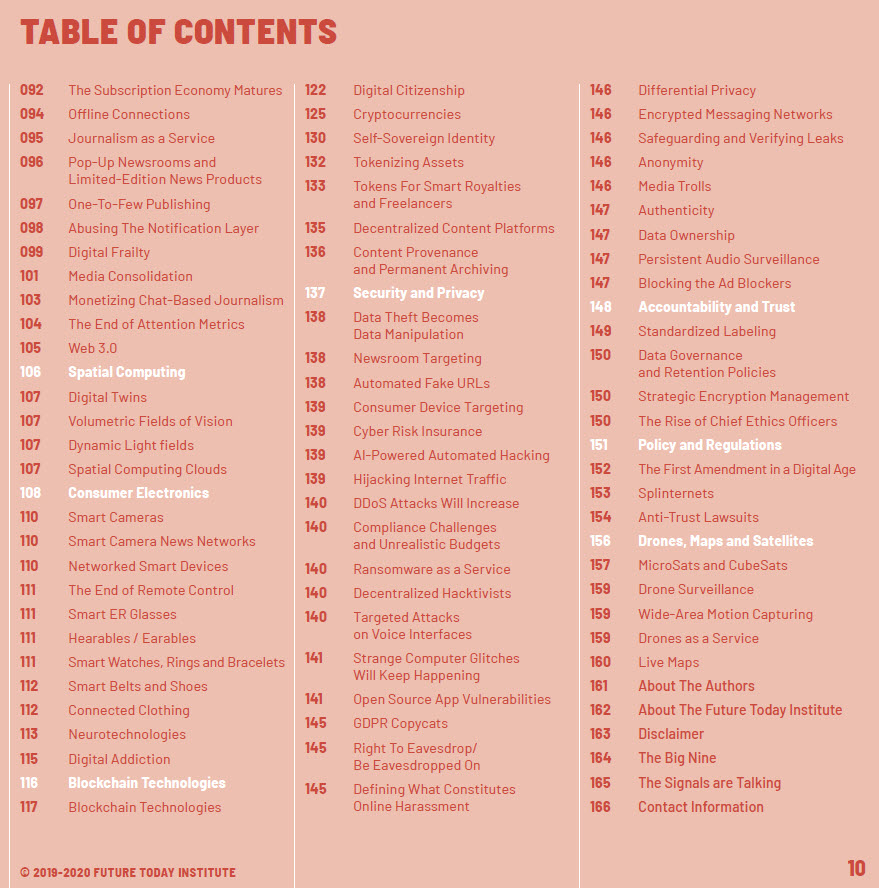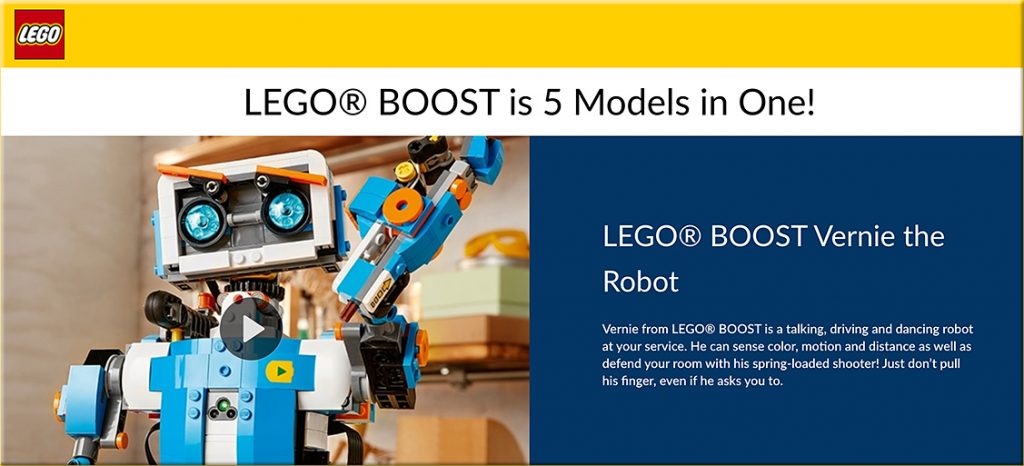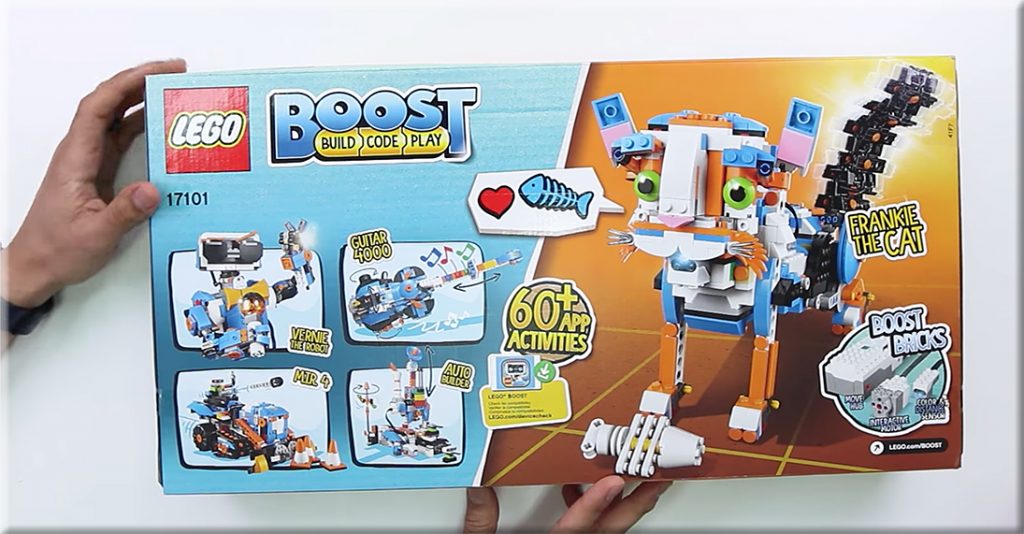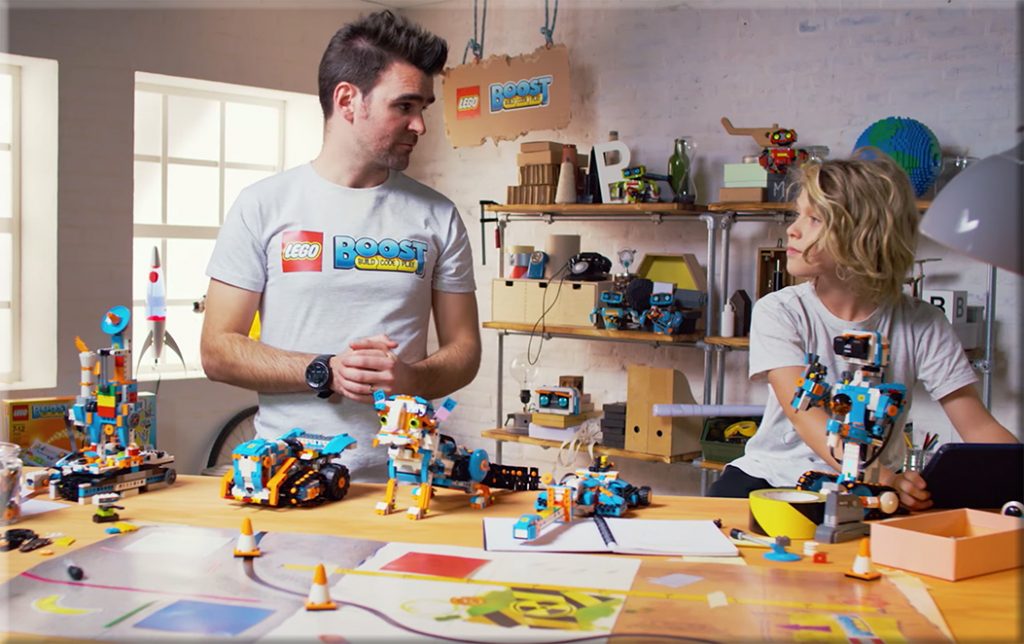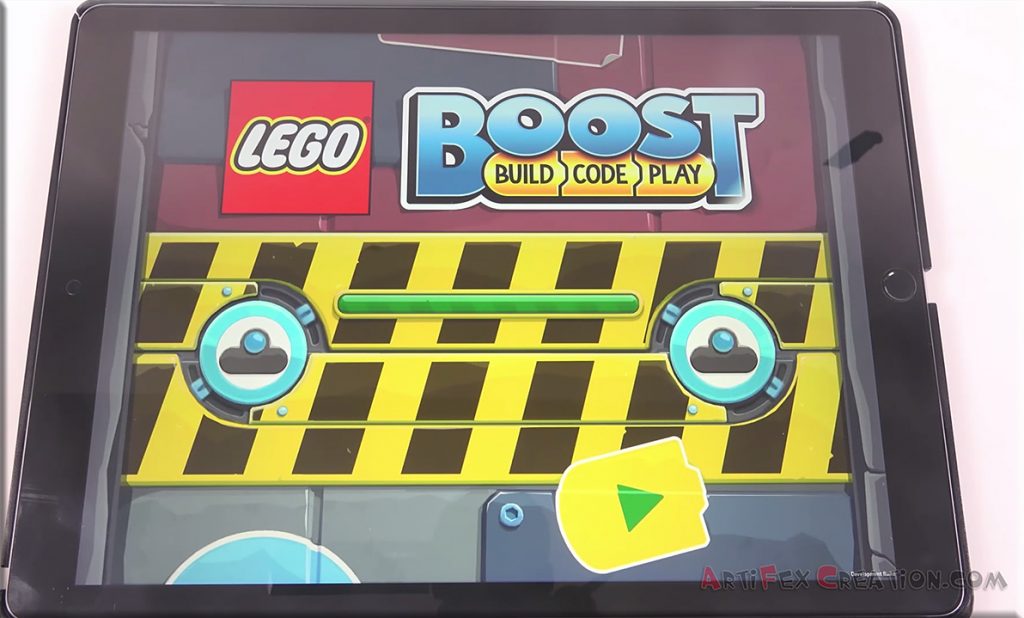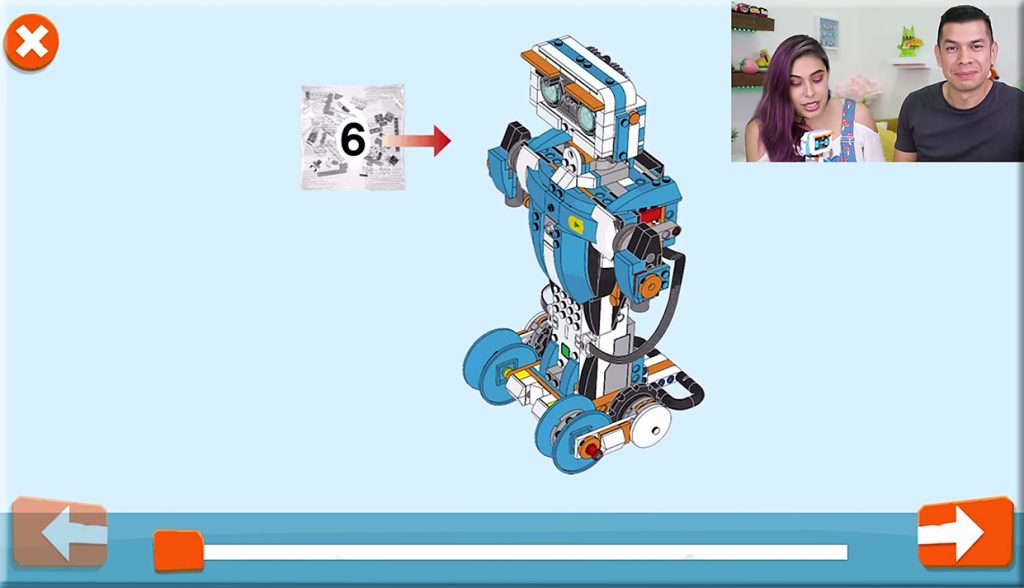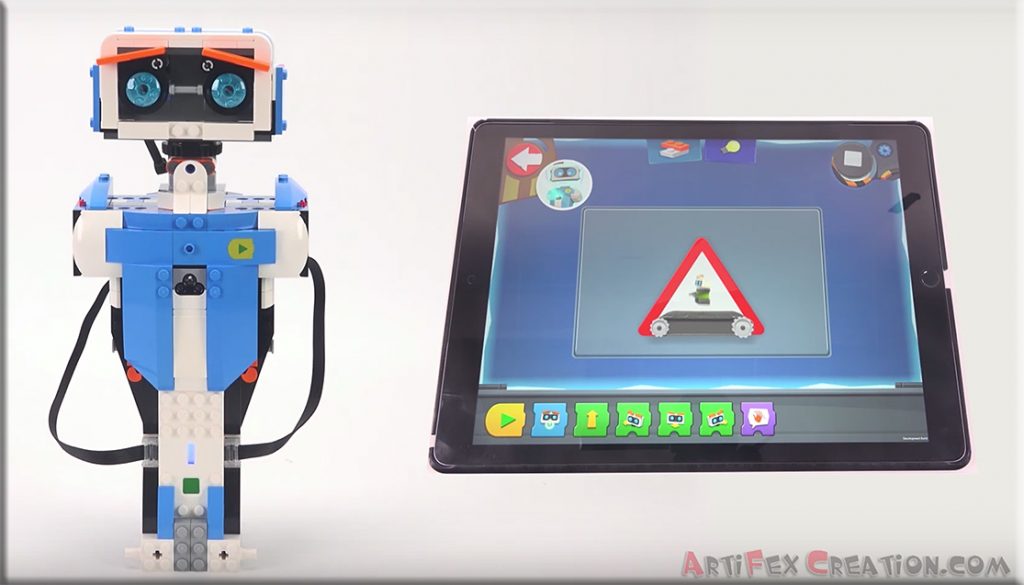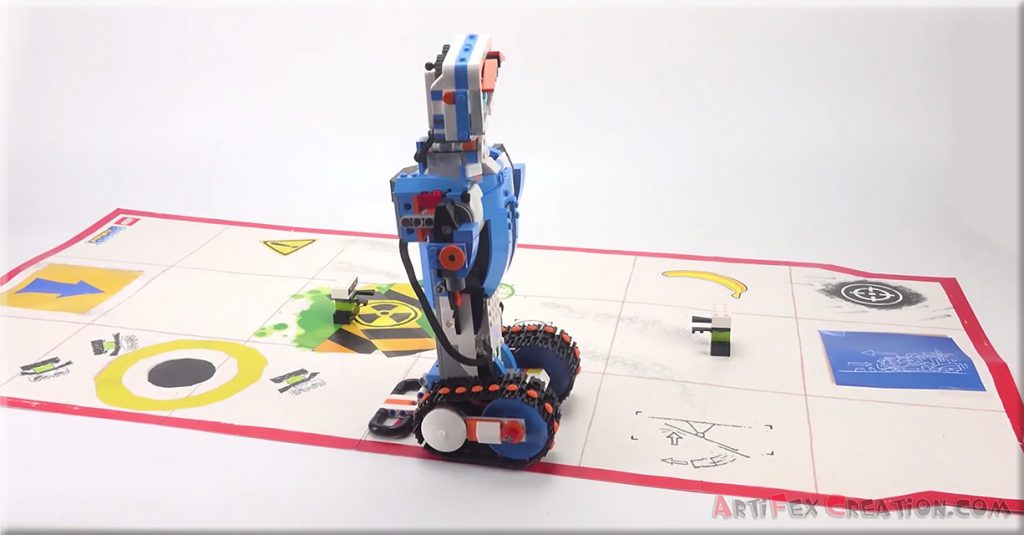A lesson in active learning — from characterlab.org
How to make difficulty desirable
Excerpt:
Recently, a group of physics professors at Harvard University ran an experiment you should know about.
There were no balls rolling down planks. No springs or pulleys, no magnets, and no electricity.
What these professors wanted to know was, how can we get students to learn more? More generally, how do people learn anything—and what gets in the way?
Years of experience suggested that students learn best when assigned hands-on laboratory activities, weekly problem sets, in-class opportunities to discuss material with fellow students, and frequent short quizzes. This active approach seemed far superior to the more traditional—and more passive—approach of sage-on-a-stage lectures.
To test their hunch, the professors randomly assigned students in introductory physics to classes using either active or passive instruction. The material was identical—only the style of teaching differed.
The above article reference this item:
Also see:
- Normalizing struggle — by Catherine Martin Christopher
Abstract:
Learning lawyering skills, and becoming competent or proficient in them, is a struggle. This article is a call to action for all legal educators: We need to acknowledge that students struggle, to expect it, and to convey to students that their struggle is normal. In fact, struggle is productive — learning is hard, and lawyers learn and struggle throughout their careers. This article examines and criticizes the ways legal academia treats law students’ academic struggle as a problem, and suggests that legal educators reorient their attitudes toward struggle, forgiving and embracing student struggle, even building opportunities for struggle into the curriculum. By normalizing the fact of struggle, law schools will not only improve the wellness of their students, but also create lawyers who are better prepared to cope with the constant problem-solving required of successful lawyers.Keywords: Academic success, academic support, legal education, student support, academic struggle, successful lawyers, law school
Addendum on 11/12/19:
Neuroscientists have found that mistakes are helpful for brain growth and connectivity and if we are not struggling, we are not learning. Not only is struggle good for our brains but people who know about the value of struggle improve their learning potential. This knowledge would not be earth shattering if it was not for the fact that we in the Western world are trained to jump in and prevent learners from experiencing struggle.












